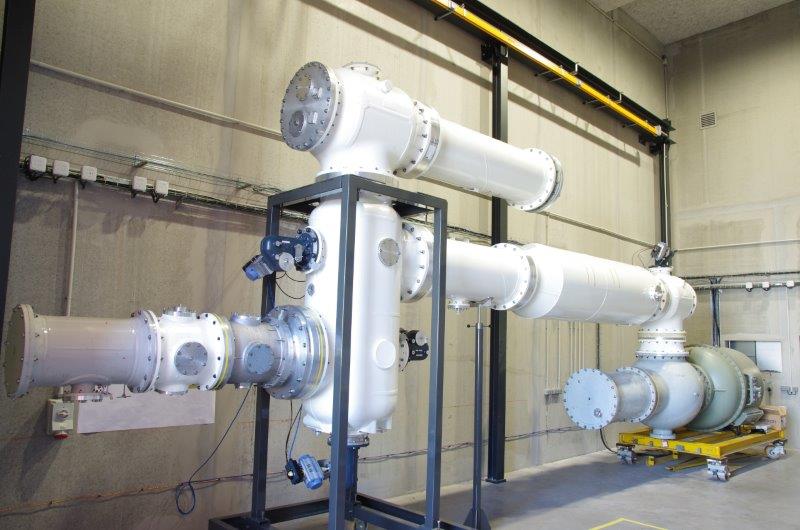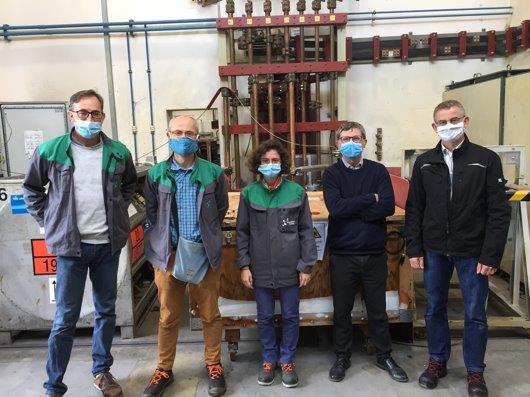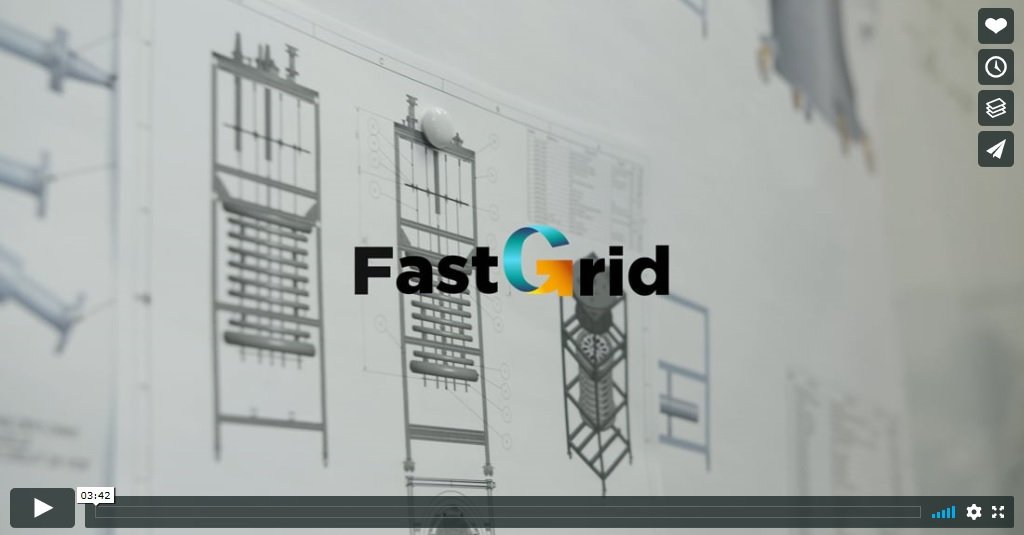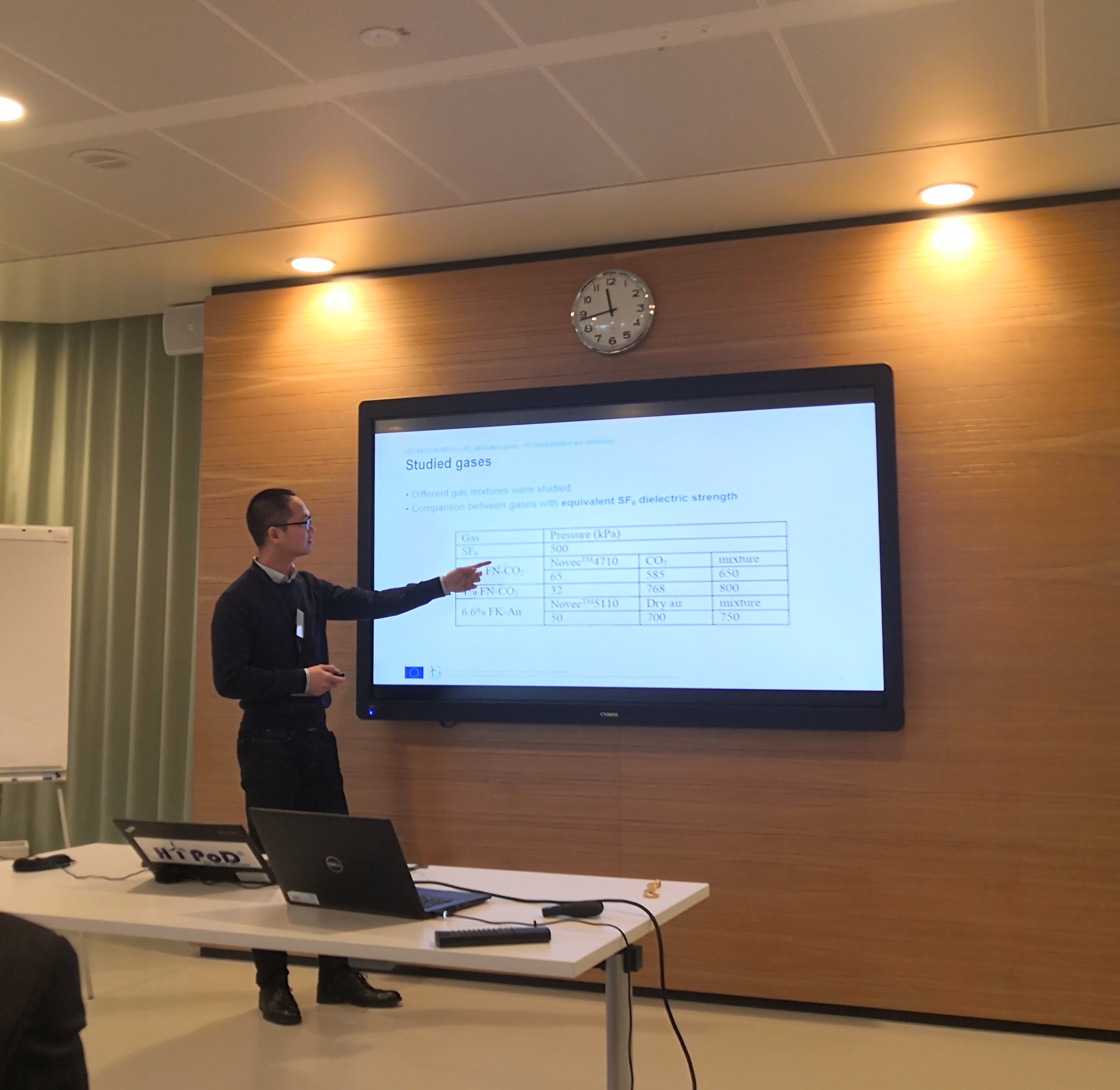[VIDEO] SuperGrid Institute demonstrated the partial discharge behaviour of SF6 substitute gases which can be used in future HVDC GIS.
We have been studying the partial discharge characteristics observed within different gases on our dedicated test platform.







